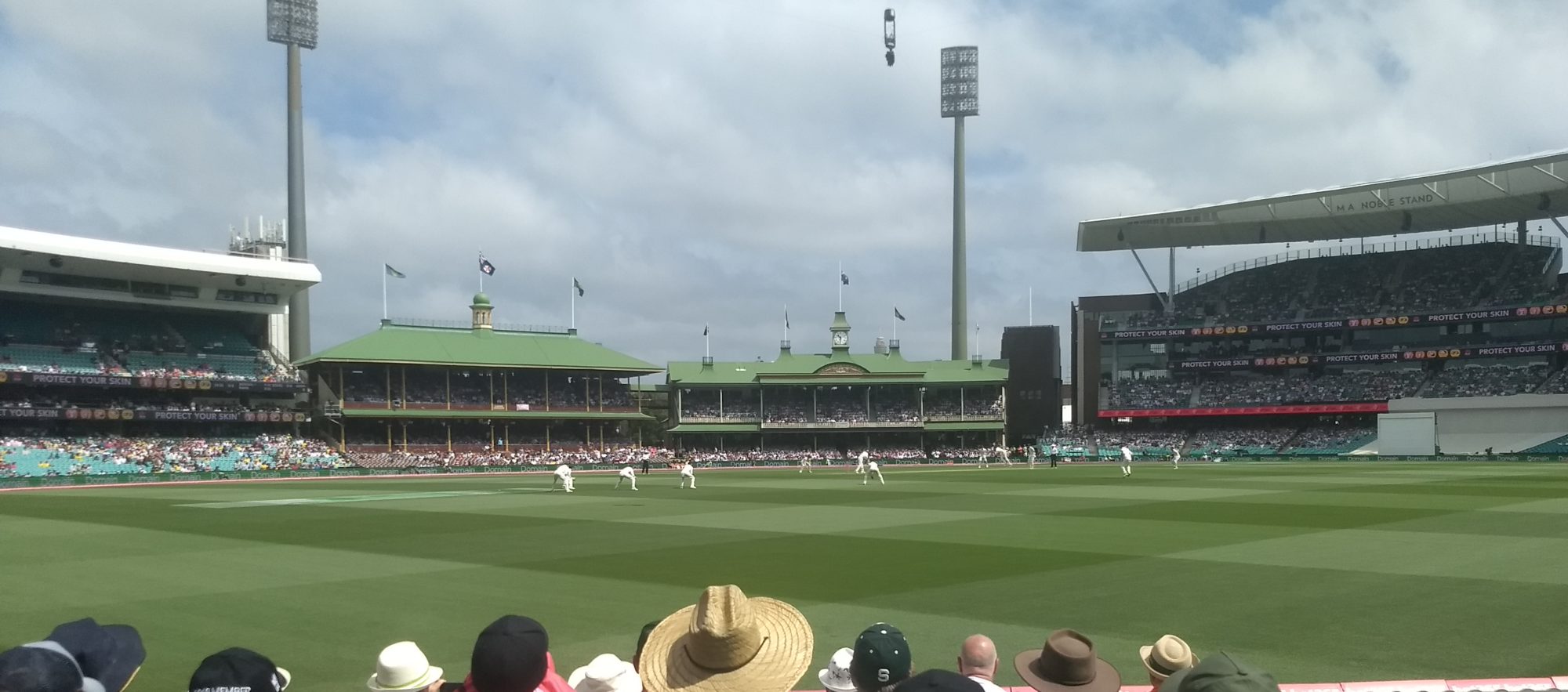The sub-title of “Wizards”, the fourth book of cricket history from Anindya Dutta, is “The story of Indian spin bowling”, but it could so easily be described as “the history of Indian cricket through spin”.
Dutta presents a fascinating and thoroughly researched journey through more than one hundred years of Indian cricket teams whose journey from failure to success has been underscored by the efforts those slow bowlers, many of those still living having been interviewed by the author, who exercised their wizardry on the pitch.
Dutta’s mostly chronological study begins with the remarkable story of Palwankar Baloo, the left arm bowler who broke through the caste barriers to play in England with the All India team of 1911. Rustomji Jamshedji was, at the age of forty, the first spin bowlers to play Test cricket, and Dutta gives space to Baloo, Jamshedji, and some seventy spinners, most of whom wore the Indian cap at Test, one-day or more recently Twenty20 level.
Vinoo Mankad’s unfortunate entry into cricket’s lexicon is but a passing item in the chapter on his remarkable career. There is the account of Subash “Fergie” Gupte, capable of bowling two types of googlies and described by Sir Garfield Sobers as a better leg-spinner than Shane Warne. Gupte’s playing career came undone after a hotel incident involving room-mate Kripal Singh in which he was not involved.
The greatest slow bowlers of the past two decades, Anil Kumble and Harbhajan Singh are featured in the second half of “Wizards” but much of the middle section is taken by the four spin bowlers who dominated for much of the 1960s and 70s: the “Spin Quartet” of Erapalli Prasanna, Bhagwat Chandrasekhar, Srinivas Venkataraghavan and Bishen Singh Bedi.
Test matches in which some or all of the quartet played are described more than once in the book, but through the perspective of each bowler’s performance. Dutta invokes the theory more recently known as Blue Ocean Strategy to describe how the great captain “Tiger” Pataudi brought out the best in his Spin Quartet.
Fine spin bowlers whose time in the Indian team never came because of the shadow of the great Quartet – Rajinder Goel, Paddy Shivalkar, Rajinder Singh Hans – and Dilip Doshi, whose opportunity was delayed by their presence – all take their place in Wizards. So too Maninder Singh and Laxman Sivaramakrishan, both unable to deliver all their talents had to offer. Sachin Tendulkar and Virender Sehwag find their way into the pages as “Breakthrough Bowlers”.
Among the many examples of maladministration detailed in the book, players dropped, careers delayed, captains chopped and changed for reasons of politics or personal jealousies. There is perhaps scope for a history of Indian cricket as defined by how bad decisions by selectors and administrators have held the team back.
As Kapil Dev says in his foreword, “Today is a different world”, and the role of the match-winning fast bowlers such as Jasprit Bumrah and Ishant Sharma is a world whose beginnings trace back to him. But as Dutta concludes this comprehensive and enjoyable history with the wrist-spin duo of Kuldeep Yadav and Yuzvendra Chahal, he ponders whether they are the Wizards to take Indian cricket into the future.
“Wizards: The Story of Indian Spin Bowling” is published by Westland Sport and available worldwide through Amazon. This review is based upon the Kindle edition. ISBN 9789388754514

 Unlock with Patreon
Unlock with Patreon